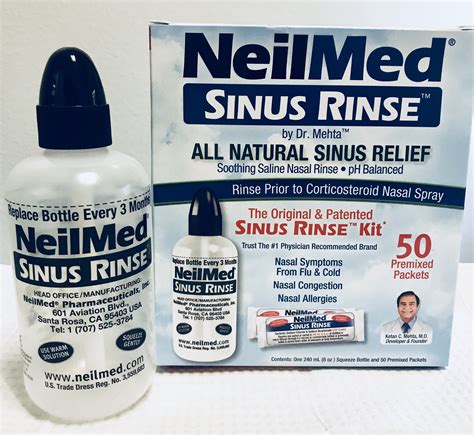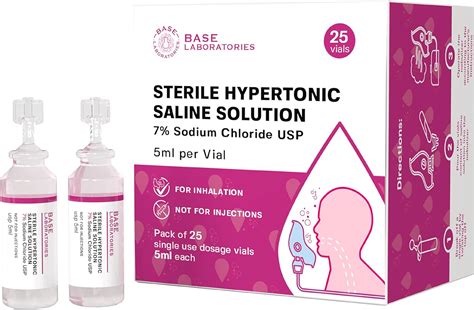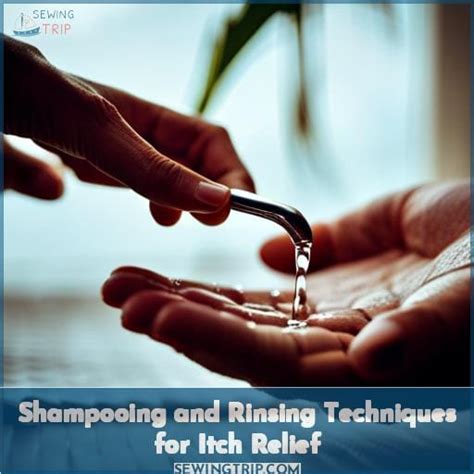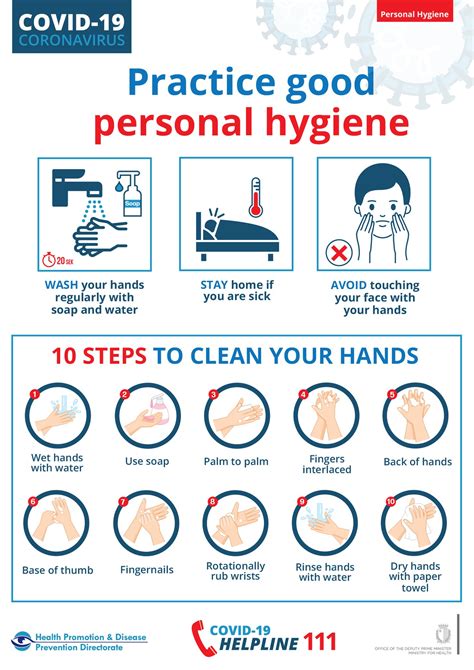Intro
Improve sinus health with 5 expert sinus rinse tips, utilizing nasal irrigation, saline solutions, and proper technique to alleviate congestion, sinus pressure, and sinusitis symptoms, promoting natural relief and sinus infection prevention.
The importance of maintaining good sinus health cannot be overstated. Sinuses play a crucial role in our overall well-being, and when they become congested or infected, it can lead to a plethora of problems, including sinusitis, headaches, and respiratory issues. One effective way to keep our sinuses healthy is by practicing sinus rinses. Sinus rinses involve flushing out the nasal passages with a saline solution to remove debris, reduce inflammation, and promote healing. In this article, we will delve into the world of sinus rinses and provide you with 5 valuable tips to make the most out of this practice.
Sinus rinses have been around for centuries, with roots in ancient Ayurvedic medicine. The concept is simple: by rinsing out the nasal passages with a saline solution, you can help to clear out excess mucus, bacteria, and other debris that can accumulate and cause problems. This can be especially helpful during cold and flu season, or for people who suffer from allergies or sinus infections. With the right technique and equipment, sinus rinses can be a powerful tool in maintaining good sinus health.
As we explore the world of sinus rinses, it's essential to understand the benefits and how to incorporate this practice into our daily routine. By doing so, we can take a proactive approach to maintaining good sinus health and reducing the risk of sinus-related problems. Whether you're a seasoned pro or just starting out, these 5 sinus rinse tips will provide you with the knowledge and confidence to take control of your sinus health.
Understanding the Basics of Sinus Rinses

Choosing the Right Equipment
When it comes to choosing the right equipment for sinus rinses, there are a few options to consider. Neti pots are a popular choice, as they allow for a gentle and controlled flow of the saline solution. Squeeze bottles with nasal spray tips are another option, which can be more convenient for travel or on-the-go use. Regardless of which equipment you choose, make sure it is clean and sterile before each use.Tip 1: Use Sterile or Distilled Water

The Importance of Sterility
Sterility is crucial when it comes to sinus rinses. Contaminated equipment or solution can lead to infections, which can be serious and even life-threatening in some cases. To maintain sterility, make sure to wash your hands thoroughly before handling the equipment or solution, and avoid touching the nasal spray tip or neti pot spout to prevent contamination.Tip 2: Mix the Saline Solution Correctly

Customizing the Solution
While the standard saline solution is effective for most people, some may need to customize the solution to suit their specific needs. For example, people with sensitive nasal passages may prefer a gentler solution, while those with severe sinus congestion may require a stronger solution. Experimenting with different ratios and ingredients, such as baking soda or xylitol, can help you find the perfect solution for your sinus health.Tip 3: Rinse Correctly

Common Mistakes to Avoid
One common mistake people make when rinsing is to use too much force or pressure, which can push debris further into the nasal passages. Another mistake is to rinse too frequently, which can disrupt the natural balance of the nasal flora. By rinsing correctly and avoiding these common mistakes, you can ensure a safe and effective sinus rinse experience.Tip 4: Practice Good Hygiene

Storing Equipment Properly
Proper storage of equipment is also crucial for maintaining good hygiene. Make sure to store the equipment in a clean, dry place, away from direct sunlight and moisture. This will help to prevent bacterial growth and keep the equipment in good condition.Tip 5: Be Consistent

Making Sinus Rinses a Habit
Making sinus rinses a habit can be challenging, but there are several strategies to help you stay consistent. One approach is to incorporate sinus rinses into your daily routine, such as right after waking up or before bed. Another approach is to keep the equipment and solution in a convenient location, such as the bathroom counter or bedside table. By making sinus rinses a habit, you can take a proactive approach to maintaining good sinus health and reducing the risk of sinus-related problems.What is the best time to do sinus rinses?
+The best time to do sinus rinses is in the morning and before bed, as this can help to clear out debris and reduce congestion throughout the day.
Can I use tap water for sinus rinses?
+No, it's not recommended to use tap water for sinus rinses, as it can contain bacteria, viruses, and other contaminants that can exacerbate sinus problems. Instead, use sterile or distilled water to ensure a safe and effective rinse.
How often should I rinse my sinuses?
+The frequency of sinus rinses depends on individual needs and preferences. Generally, rinsing once or twice a day is sufficient, but some people may need to rinse more frequently, such as during cold and flu season or when experiencing severe sinus congestion.
In conclusion, sinus rinses are a powerful tool for maintaining good sinus health. By following these 5 tips and incorporating sinus rinses into your daily routine, you can help to reduce the risk of sinus-related problems and promote overall well-being. Remember to use sterile or distilled water, mix the saline solution correctly, rinse correctly, practice good hygiene, and be consistent. With patience and persistence, you can take control of your sinus health and breathe easy once again. We invite you to share your experiences with sinus rinses and provide any tips or advice you may have. Let's work together to promote good sinus health and reduce the risk of sinus-related problems.
